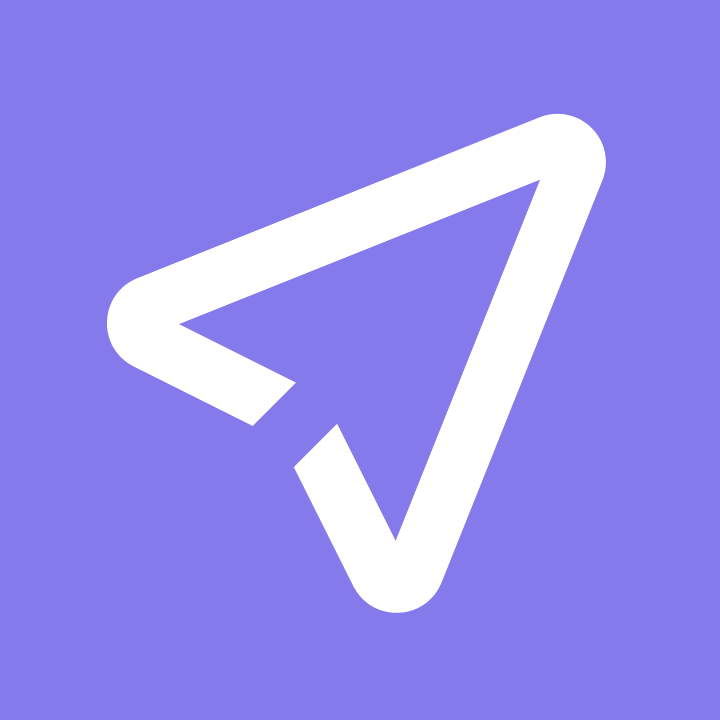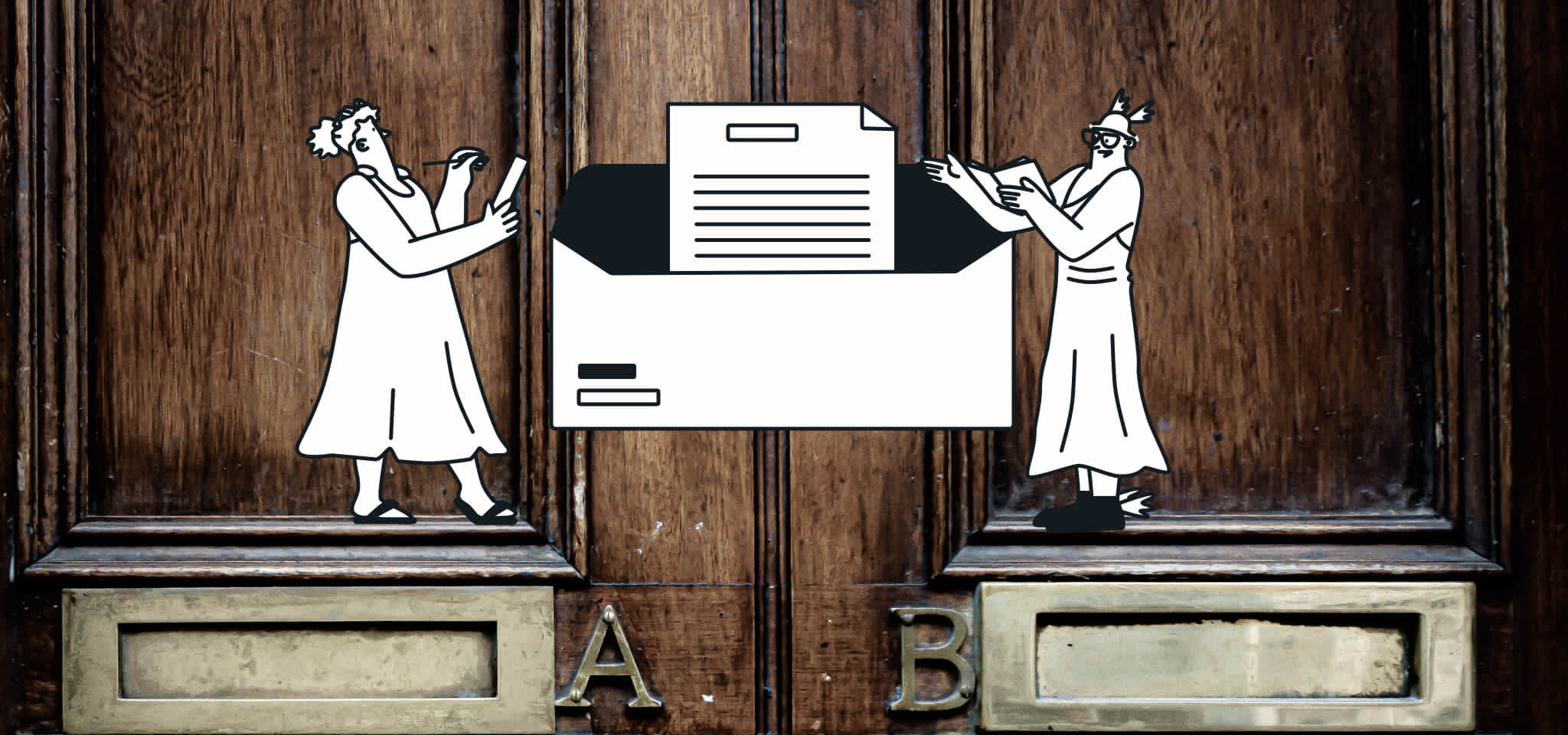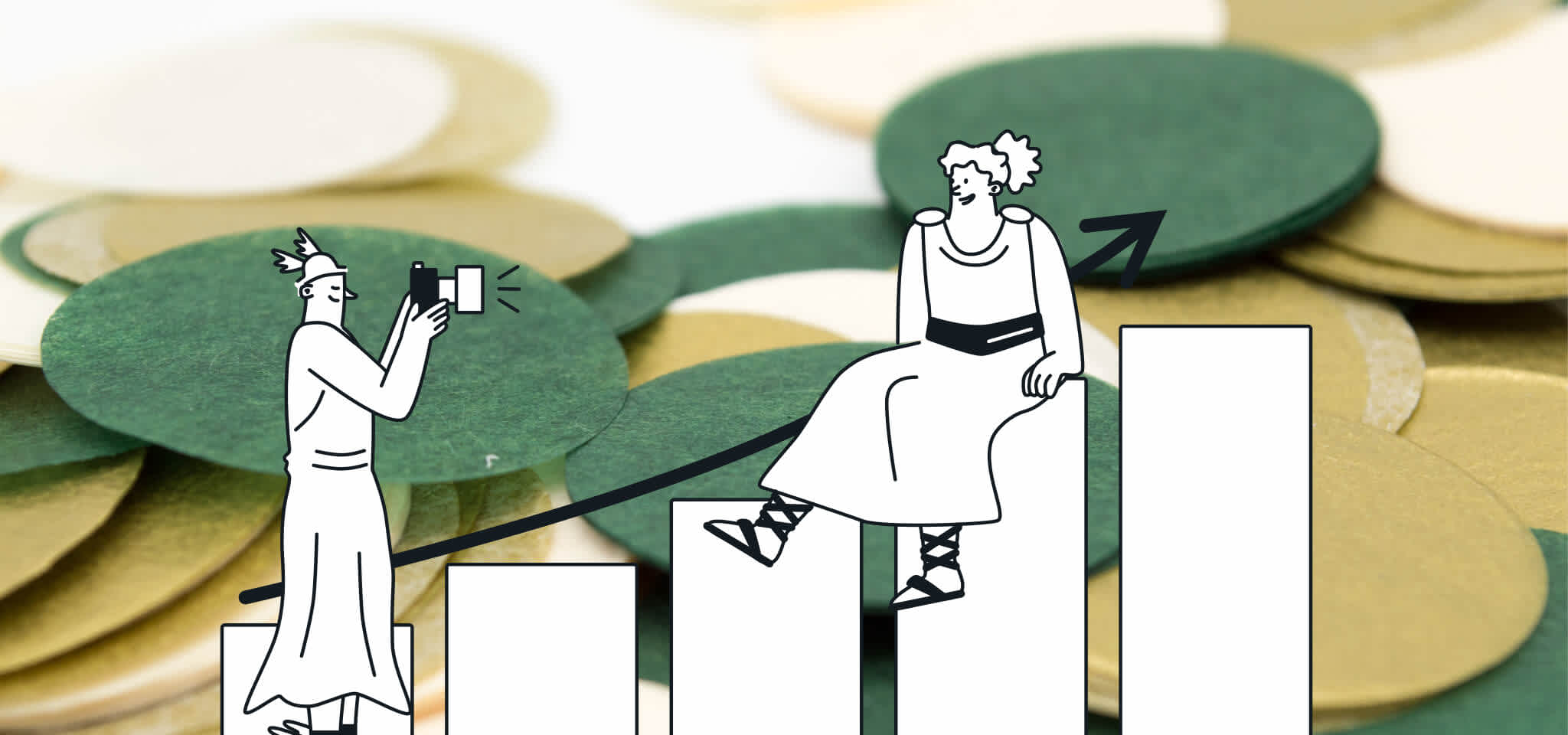Email Best Practices
7 steps to turn email subscribers into paying customers
Learn how to convert email subscribers into paying customers successfully in 7 easy steps.
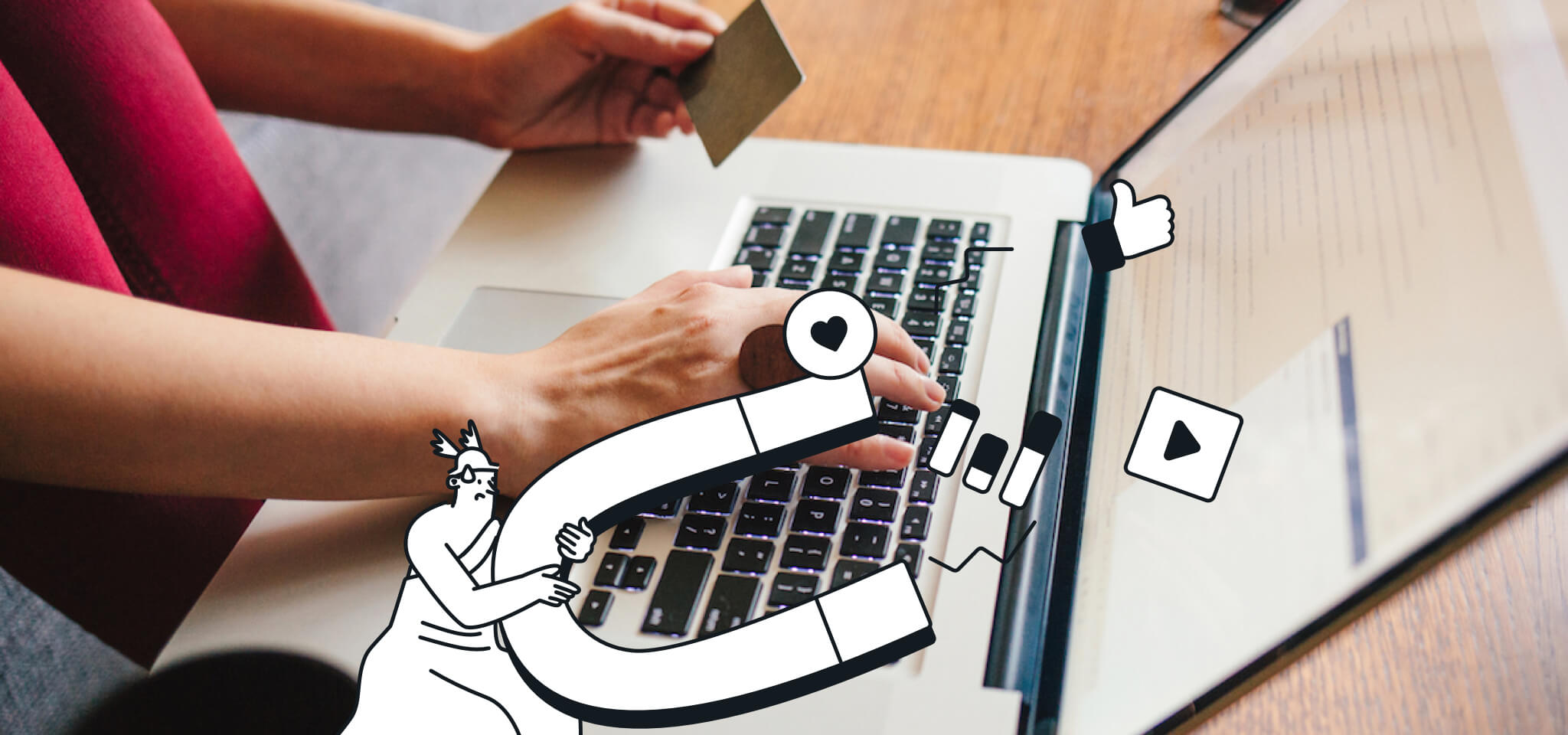
PUBLISHED ON
We all know the money is in the email list. But believe it or not, most marketers do a very bad job with converting their email subscribers into paying customers. The reason they struggle is simply because they don’t know what process they need to follow to make things happen.
In this post, we’re going to cover the seven main steps you need to take in order to convert email subscribers into paying customers successfully.
Table of contents
Step 1: Understand the needs of your subscribers
Step 2: Segment your list
Step 3: Automate the process
Step 4: Send a great welcome email
Step 5: Develop a sales funnel
Step 6: Monetize on the people who say “no”
Step 7: Track and improve your results
Turning email subscribers into paying customers
Step 1: Understand the needs of your subscribers
According to the top sales expert Grant Cardone people buy stuff for only one reason – to solve a problem.
@JprimusWon to solve a problem is the only reason anyone buys anything ever! #entmagazine
— Grant Cardone (@GrantCardone) March 28, 2014
It doesn’t matter how well your emails are written, how well your package is designed or how big your discount is.
If you don’t offer products or services that solve actual problems, you will always struggle with converting your email subscribers into paying customers.
That’s why the most important first step is to understand what are:
The needs of your audience,
The biggest problems and challenges they’re currently facing,
Their goals and current objectives.
Then your goal is to use this data to create products or services that solve these problems and to communicate that to your subscribers.
The best way to learn about the needs, problems and challenges your audience faces is to ask them directly.
This could be on a sales call or a customer support call, or even at a networking event where you can interact with them directly. You can also collect data from customer support chats and emails.
Additionally, you can use survey tools such as Survey Monkey, which you can send to your list, or use a tool like Qualaroo to integrate one straight on your website.
Step 2: Segment your list
The biggest mistake you can make with email marketing is sending the same generic emails to everybody from your list.
Why is that?
People are only interested in things that are relevant to them. The more relevant the better.
An eCommerce owner won’t be interested in learning how to increase traffic for a SaaS website, so the generic advice won’t work for him. He’ll be looking for something specific.
That’s why, if you take the time to segment your email list properly, you will be able to send more relevant content and offers to your list. As a result, your conversion rates will be higher and you will make more money.
A great examples is Isotoner, who managed to increase revenue with 7,000% just by segmenting their email lists better based on which products customers were looking at when they visited the site.
Your best bet is to start segmenting your list the moment a subscriber joins.
You can do that by creating and presenting super targeted opt-in offers based on the current content the customer is viewing.
That way, you will know exactly in which segment to put your email subscriber.
By collecting data about your email subscribers you can segment them based on:
Location (city, country, etc.),
Interests based on visited pages, past opt-ins, emails opened and content read,
Open rates and clicks,
Past purchases (products they’ve bought),
Additional data people have provided with the opt-in (job description, company type, etc.).
Check out our blog post Leveling Up Our Segmentation to learn how to better segment your email list.
Step 3: Automate the process
It’s extremely important to automate your email marketing campaigns to be able to close the most sales.
Sending emails manually is simply not an option in today’s world. Nowadays, people want to receive relevant messages, at the right time, that answer to their specific needs or interactions.
You want to send automatically triggered emails in your campaigns based on the behavior of your subscribers. This means when they opt-in for a specific offer, then they read specific content, etc.
Setting up multi-step campaigns based on customer interactions, updates on a contact property or a specific date as part of your sales funnel will allow you to contact your subscribers when it’s most relevant. This will drive higher engagement and lead to a higher conversion rate.
To be able to automate the process you need the right email marketing software, something you can easily do with Mailjet.
Step 4: Send a great welcome email
Email subscribers are most engaged within 48 hours of joining your list, according to a study by Ciceron.
That’s why it’s incredibly important that you send a great welcome message and engage with your subscribers as soon as they join your list.
You want to make a great good impression, provide immediate value to your audience and be remembered. That way, people will be more likely open your emails into the future, read your content and take advantage of your offers.
A good welcome series should educate customers on who you are and how to use your service or product, guide them to take the actions you want and create brand loyalty.
Sometimes, one email might be enough, but in other cases you can create a number of them, to be send out throughout a week or two, for example.
When writing your welcome emails be sure to:
Brand them (include your logo and your brand colors as background)
Personalize them (include the name of the subscriber and the person sending the email)
Include a link to your opt-in offer
Include useful resources (free guides, blog posts, etc.)
Explain to your subscriber what to expect (how often you’re going to email them and what you’re going to send them)
Check out the blog post 16 Examples of the Best Welcome Emails in the Industry to better understand how successful welcome emails should look like.
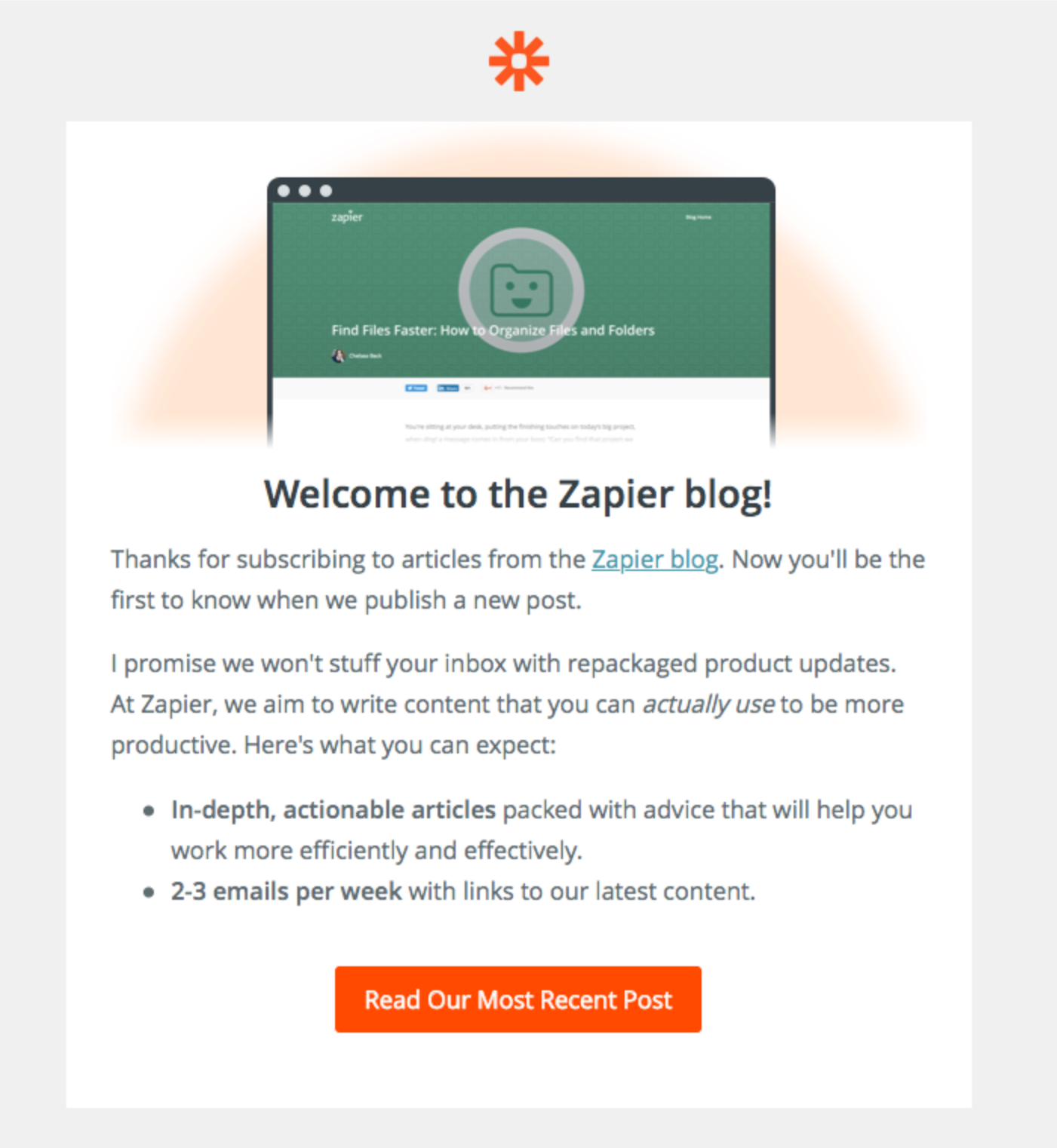
Step 5: Develop a sales funnel
You need to create a sales funnel in order to convert your emails subscribers into paying customers.
Instead of doing random email marketing, you design a strategy that helps you engage and develop the needs of your subscribers until they are ready to purchase your product or service.
You usually design your sales funnel with four different stages:
Awareness
Interest
Decision
Action
Once people have subscribed for your email list, they are already in the interest stage.
This means that people are already familiar with the problem they are having and are actively looking for a solution.
What you should do is create a sales funnel that engages them with some helpful high quality content until you develop their need enough so you can make them an offer.
Develop automated series of follow-up emails - This means that you should map out a series of automated follow-up emails to help you achieve this.
There is no limit to how many emails you can have in your follow-up series as long as it helps you achieve your purpose to close the sale. You can have as little as three and up to 10 and more.
According to Jeff Walker, author of the book Launch: An Internet Millionaire's Secret Formula To Sell Almost Anything, this is how your sequence should look like if you’re selling an information product:
Email 1: Welcome email.
Email 2: Explain why certain topics matter and why subscribers need to solve the problem. This helps build the demand for the product.
Email 3: Explain what your subscribers need to do to solve a problem and achieve specific goals.
Email 4: Give more details on how subscribers can solve the problem. This is when you mention the product you’re launching in a few days.
Email 5: Launch your product and make your sales pitch for it. Tell them they can buy it during the next few days and, after that, the cart will be closed.
Email 6: Remind users about the product. Share stats about how many people bought it (social proof), what people think about it, how many seats are left (scarcity).
Email 7: Email people in the last day before closing. Move into scarcity and tell people that the cart closes in 24 hours and your product won’t be available anymore. Remind people what they’re going to learn in your course.
Email 8: A few hours before closing, remind your subscribers that the cart will be closed soon, and reiterate the benefits of the product.
Email 9: Two hour before closing, tell people that this is their last chance to take advantage and that focus on the benefits of your product.
Email 10: Announce that the cart is closed and that the product is no longer available.
As with everything that involves email, though, it is important to test and adapt your sending frequency to your list.
Not every contact list behaves in the same way, so you’ll need to keep an eye out on your metrics to ensure you’re targeting your clients correctly. We’ll talk more about this in Step 7.
Step 6: Monetize on the people who say “no”
Most people will not buy from you the first time you present them an offer. No matter how hard you try. So if you rely on a single sales funnel to convert your subscribers into paying customers you will fall short.
Instead, create more funnels for the people that didn’t buy. Collect data about these subscribers and understand more about what interests them and what they need.
Keep engaging them, offer more value and make them more offers.
That way they might not buy at first, but they might do it the second or the third time to present your product. Maybe you will present them a better offer next time or another product that is more suitable for them. Or they simply didn’t have the money at first but they do now.
So keep persisting with the subscribers that didn’t convert yet and more of them will buy from you soon enough.
Step 7: Track and improve your results
You probably won’t get things right from the first try. That’s totally ok.
What’s more important is that you learn what works in your email marketing efforts and what doesn’t. Then, you should do your best to improve your process.
Here are the things you should be monitoring and paying close attention to:
Open rates – if people don’t open your emails, it doesn’t matter how awesome the content you want to share with them is. They simply won’t read it and you will fail with engaging and selling to them.
That’s why this is the first thing you should look at.
The average open rates across all industries is 22.87% so if yours are less than that – you need improvements.
The first thing you should do is clean your contact lists. To do this, target those who haven’t opened an email in the last three to six months with a re-engagement campaign.
You should let your users know you’re planning to remove them from your list and give them an option to say whether they still want to receive your communications or not.
If your list is clean, then check if your emails are relevant enough. Try to segment your list even more and make your content more relevant.
Try to make your subject lines as specific and clear as possible. Test new ones until your open rates improve.
Last but not least, consider the time you send emails. Try to send emails at different hours or days until you get more opens.
Click through rates – the average email CTR is 3.26%. So anything lower than that is bad news for you.
If people open your emails but are not clicking on your links inside, this means that you fail with your call-to-action. You might have mislead people with your subject line to open your email, but maybe your content didn’t deliver on its promise.
Try making your content more relevant. Once again, segment your list even better to improve your results.
Don’t forget that your emails should be clear and offer real value to your readers – teach them how to solve their problems and achieve their goals.
Make your call-to-action very clear, so your subscribers understand what will happen when they click on it and reposition your link or call-to-action to make it more visible.
Conversion rates and sales – people are opening, reading and clicking through your emails but they’re not converting.
Why is that?
Maybe your offer is not relevant to them. Try understanding better the needs of your subscribers.
Does your product really helps them solve their biggest problems and challenges? If it doesn’t, it is not a surprise people are not buying.
Do people understand the value of your product or service? If they don’t get it, you need to do a better job at explaining it. Work on improving your sales funnel and the content you share with your audience.
Can your subscribers really afford your products? If you’re selling a $2,000 product and your subscribers only have $200 in your bank account there is no way for them to convert.
Try adjusting your pricing to your audience. Come up with products with different pricings – have an ebook for $29, an intro course of $299 and a premium course of $2,999.
In conclusion
The key to converting your email subscribers into paying customers is in understanding their needs and offering as much value as you can in your campaigns. You can use the 80/20 rules to use 80% of the time offering great free educational content and 20% of the time asking for the sale.
Build your sales funnel around the idea of helping your audience and you won’t have problems converting them.
***
This post was written by Martin Zhel, the CEO of Orior Creative.


